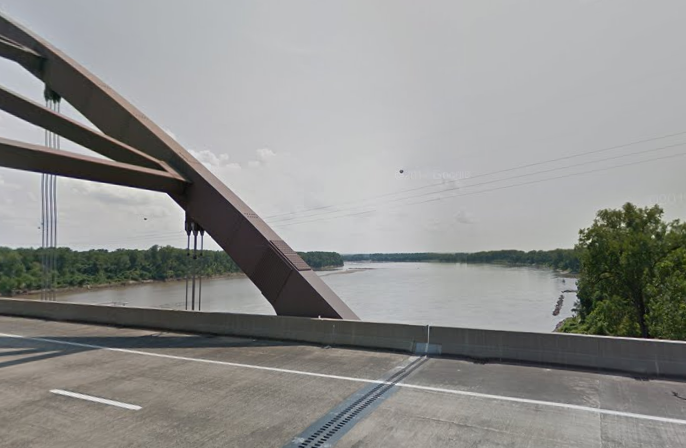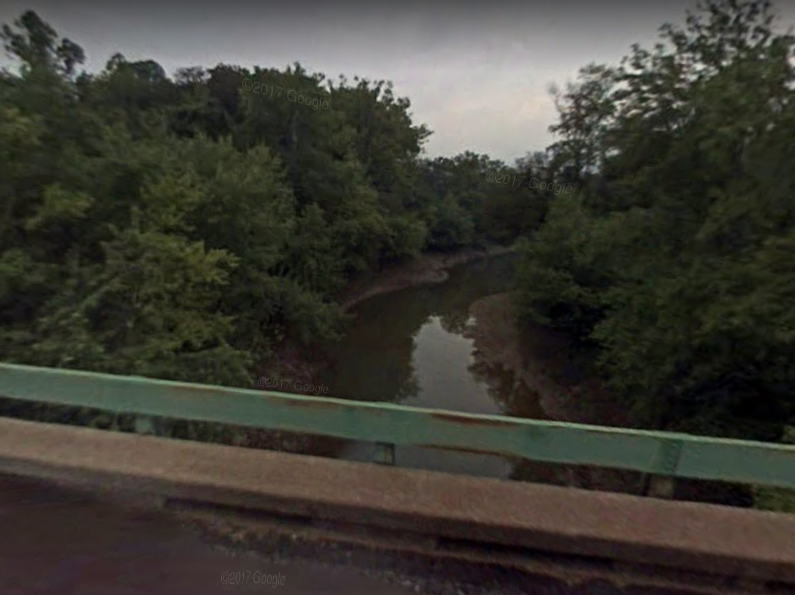Lewis and Clark (Virtual) Ride: Daniel Boone’s old stomping grounds
[Note: This is part two of a multi-part series covering my (virtual) bike ride across America, following in the footsteps of the Lewis and Clark expedition. For part one, click here.]
Capt. William Clark, along with a crew of about 40 “robust (Young Backwoodsmen of Character) helthy hardy young men” (as Clark writes in his journal), left Camp Dubois on May 14, 1804 and reached St. Charles two days later. The Corps of Discovery spent the next six days in St. Charles while they waited for Capt. Meriwether Lewis to wrap up some last-minute expedition business in St. Louis.

In those days, Clark writes that St. Charles consisted of, “abot 450 Inhabetents principally frinch [French], those people appear pore and extreemly kind.”
Clark clearly had a way with words and his journal contains many occurrences of spelling the same thing multiple ways – sometimes even in the same paragraph. I believe “Sioux” is spelled around 27 different ways in his journal and I also seem to remember reading that Clark found it difficult to respect a man that only knew one way to spell a word.
Despite having only been on the river for two days, the crew had already reached the last town they would see for the next two years. So while they waited for Lewis, the men made the most of themselves by dancing and drinking, and their behavior caught up with them. Clark had to convene a court martial for three soldiers: William Warner, Hugh Hall, and John Collins, who stood accused of being absent without leave. Collins also was accused of disorderly conduct at a ball and then showing disrespect to Capt. Clark. Warner and Hall were both found guilty, but the punishment was dropped for their otherwise good conduct.
Collins wasn’t so lucky.
Clark writes that the “Prisnair [prisoner] is Guilty of all the charges alledged against him it being a breach of the rules & articles of War and do Sentence him to receive fifty lashes on his naked back.”
Fortunately it wasn’t all business for Clark: on the 20th he writes, “Seven Ladies visit me to day.” Well done, sir. But as for me and my virtual ride, there will be no balls, lashes, or visits from ladies. Just a stationary bike and some scenery on the screen.
On the 22nd, Lewis and Clark shoved off from St. Charles to three cheers from the “Inhabetents.” As I leave St. Charles, I have to leave the flat Missouri River Valley behind and make a 400 foot climb up Pitman Hill Road. I don’t know for sure that the road is really a 20-percent grade the whole way up, but Google Earth and my bike seem to think so. And with the settlement’s original name being “The Little Hills” (Les Petites Côtes), the irony was not lost on me.
The following day, the corps reached what is now is the Weldon Spring Conservation Area. While exploring the cliffs above Tower Cave (near present-day St. Albans) , Capt. Lewis nearly plummeted off of the bluffs, rising some 300 feet above the river. According to their journals, Lewis was able to stop his fall by using his knife; I’m guessing by digging it into the ground as he slid towards the drop-off.
Weldon Spring is named after John Weldon, who emigrated from North Carolina in 1796 and received a land grant from the Spanish, becoming the area’s first European settler. He built his cabin overlooking a freshwater spring – which is still there – at the intersection of Highway 94 and Interstate 64.
Before the United States entered World War II, the government bought over 17,000 acres and built the Weldon Spring Ordnance Works. The plant produced some 700 million pounds of TNT for the U.S. military and later the Atomic Energy Commission took over and began using the site to process uranium ore. Fast-forwarding to today, the region has been decontaminated (we are told) and is now the Weldon Spring Conservation Area. While I learned to be suspicious of anything my government tells me, I didn’t see any glowing trees, squirrels with two heads, or smarter-than-the-average bears, so it’s possible the government is telling the truth this time.
That is probably because the 1.5 million cubic yards of explosives residue and radioactive materials left over from the site were contained and buried under a 45-acre, 75-foot-high gravel mountain. Now the highest point in St. Charles County, the Weldon Spring Site Remedial Action Project Disposal Cell – nicknamed the “Nuclear Waste Adventure Trail” – is designed to keep residents and the environment safe for the next 1,000 years.
A few miles downriver near Defiance, just a short jaunt off Highway 94, is the last residence of legendary Kentucky frontiersman Daniel Boone. When Kentucky – the state Boone founded – joined the union, In 1799, the former militia colonel left the United States behind and moved his family to what is now St. Charles County.

Boone was welcomed with open arms by the Spanish Louisiana government, who appointed him commandant of what was then called the Femme Osage District and granted Boone nearly 1,000 acres. In 1803, his youngest son Nathan began constructing a massive 4-story stone house where Daniel Boone would live out his remaining days hunting and trapping, passing away at age 85 in 1820.
So far, I have biked 63.7 miles of my 3,700-mile journey. Click here for other posts on my virtual Lewis and Clark ride.